Home>Garden Essentials>How To Plant St. Augustine Grass Seed
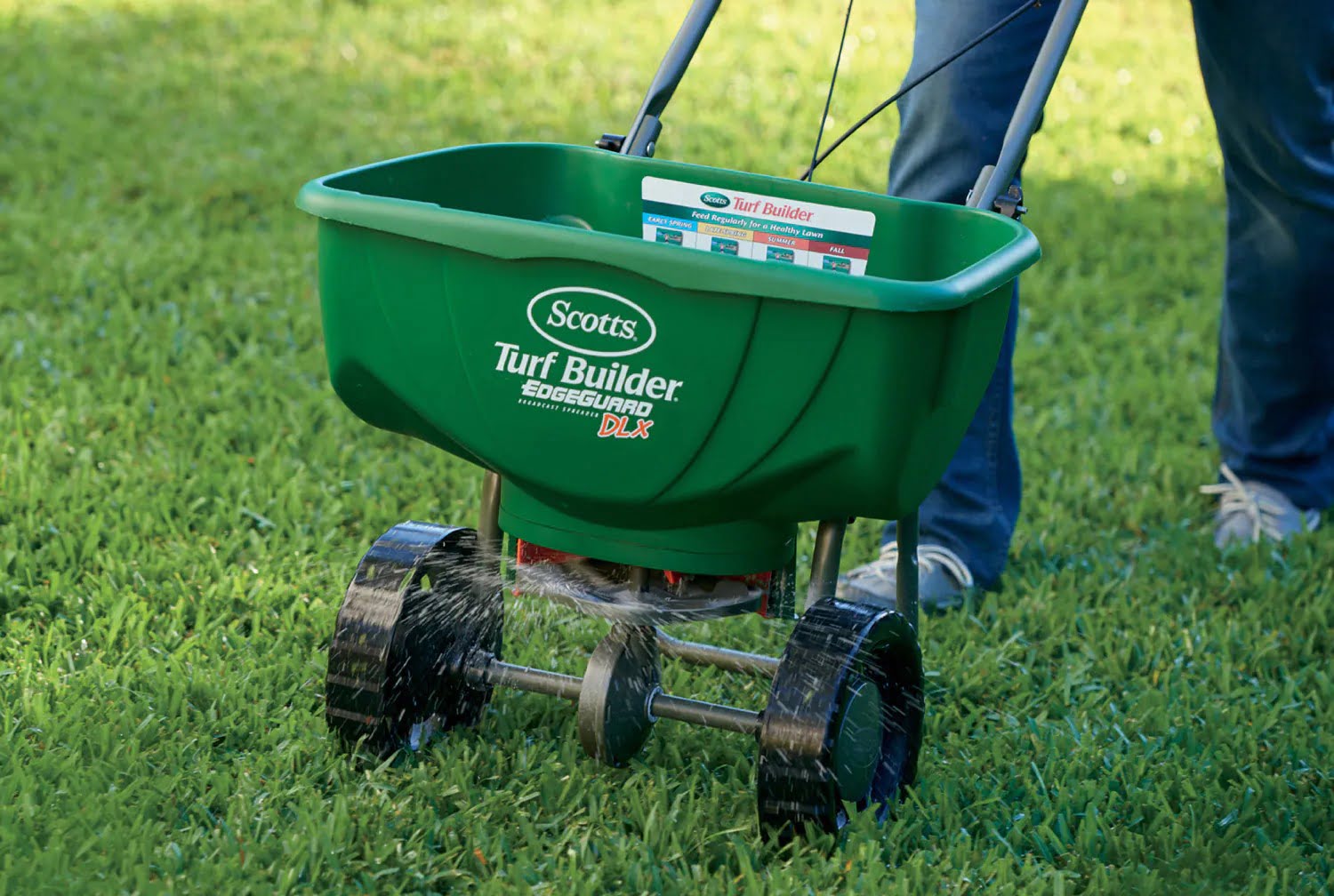

Garden Essentials
How To Plant St. Augustine Grass Seed
Modified: April 22, 2024
Learn how to plant St. Augustine grass seed in your garden with our step-by-step guide. Achieve a beautiful and vibrant lawn with our expert tips and techniques.
(Many of the links in this article redirect to a specific reviewed product. Your purchase of these products through affiliate links helps to generate commission for Storables.com, at no extra cost. Learn more)
Introduction
Welcome to the world of gardening and the wonderful experience of growing your own St. Augustine grass! Whether you’re a seasoned gardener or a newbie to the hobby, this article will provide you with a comprehensive guide on how to plant St. Augustine grass seeds. St. Augustine grass is a popular choice for lawns and is known for its lush, green appearance and dense coverage.
In this article, we will cover everything you need to know, from understanding the characteristics of St. Augustine grass to selecting the right seed, preparing the soil, planting the seeds, and finally, caring for and maintaining your new grass once it starts to grow. By following these steps, you’ll be on your way to having a beautiful, vibrant lawn that will be the envy of your neighbors.
Before we dive into the specifics, it’s important to note that St. Augustine grass is best suited for warm-weather climates, such as the southern United States. It thrives in regions with mild winters and hot, humid summers. If you live in a colder climate, it may be more challenging to grow St. Augustine grass, and you might want to consider alternative grass species that are better adapted to your area.
Now, let’s get started on the journey of planting St. Augustine grass seeds and transforming your outdoor space into a lush and inviting oasis.
Key Takeaways:
- Choose the right St. Augustine grass variety based on your climate, soil type, and lawn use for a lush and thriving lawn.
- Proper soil preparation, watering, and maintenance are essential for successfully growing and caring for St. Augustine grass.
Read more: When To Plant St.Augustine Grass
Understanding St. Augustine Grass
Before you start planting St. Augustine grass seeds, it’s important to familiarize yourself with the characteristics and requirements of this particular grass species. St. Augustine grass (scientifically known as Stenotaphrum secundatum) is a warm-season, perennial grass that is native to the Gulf Coast region and the Caribbean. It is widely appreciated for its ability to tolerate heat, humidity, and salt, making it a popular choice for lawns in coastal areas.
One of the key features of St. Augustine grass is its beautiful, dense growth habit. It forms a thick carpet of grass that can withstand heavy foot traffic and effectively choke out weeds. Its broad, flat leaf blades give it a unique and attractive appearance, and its ability to grow vigorously helps it recover quickly from damage or stress.
St. Augustine grass performs best in areas with full sun to partial shade, as it requires a minimum of 4 to 6 hours of direct sunlight each day for optimal growth. It has a moderate tolerance for drought but prefers well-drained soil that retains moisture. It does not tolerate frost well and may go dormant in colder months but will recover once temperatures rise.
When it comes to soil pH, St. Augustine grass prefers a slightly acidic to neutral range, with a pH between 6.0 and 7.5. It can adapt to a wide range of soil types, including sandy, loamy, and clay soils, as long as they are well-drained. However, it is important to note that St. Augustine grass has a relatively low tolerance for salinity, so if you live in an area with high salt levels in the soil, you may need to take extra measures to ensure its health and vitality.
Understanding these characteristics of St. Augustine grass will help you make informed decisions when it comes to selecting the right seed, preparing the soil, and providing the necessary care and maintenance for your newly planted grass.
Now that we have a basic understanding of St. Augustine grass, it’s time to move on to the next step in the process – choosing the right seed variety.
Choosing the Right Seed
When it comes to planting St. Augustine grass seeds, selecting the right variety is crucial for success. There are several factors to consider when choosing the seed, including climate, soil type, and intended use of the lawn.
First and foremost, it’s important to choose a St. Augustine grass variety that is well-suited for your specific climate. While St. Augustine grass generally thrives in warm-weather regions, there are different varieties that have been bred to tolerate specific conditions. Some varieties, such as ‘Palmetto’ and ‘Floratam’, are known for their shade tolerance, making them a great choice if you have areas in your yard that receive limited sunlight. Other varieties, like ‘Raleigh’ and ‘Captiva’, are more resilient to cold temperatures and can be successfully grown in slightly cooler climates.
In addition to climate considerations, it is essential to assess your soil type. St. Augustine grass can adapt to various soil conditions, but some varieties may perform better in specific soil types. For example, if you have sandy soil that drains quickly, a variety like ‘Bitterblue’ or ‘Seville’ may be a better choice. On the other hand, if you have heavy clay soil that retains moisture, a variety like ‘DeltaShade’ or ‘Sapphire’ might be more suitable.
The intended use of your lawn is also an important factor to consider. If you have children or pets who will be playing on the grass frequently, you may want to choose a variety that has good wear tolerance and durability, such as ‘Palmetto’ or ‘Floratam’. Alternatively, if you’re looking for a finer-textured grass that enhances the visual appeal of your lawn, varieties like ‘Sapphire’ or ‘Captiva’ may be the right choice.
It’s worth noting that while St. Augustine grass can be planted from seeds, it is more commonly planted through sod or plugs. Planting St. Augustine grass from seeds can be more challenging, as it requires proper soil preparation, consistent watering, and longer germination times. However, if you prefer to start from seeds, make sure to choose a reputable seed supplier and opt for fresh, high-quality seeds to maximize your chances of success.
By considering the climate, soil type, and intended use, you can select the right variety of St. Augustine grass seed that will thrive in your specific conditions. Once you’ve chosen the seed, the next step is to prepare the soil to provide an optimum growing environment for your grass.
Preparing the Soil
Preparing the soil properly is a crucial step in ensuring the successful establishment of St. Augustine grass. The goal is to create an ideal environment that promotes healthy root growth and allows the grass to flourish. Follow these steps to prepare your soil:
- Remove existing vegetation: Start by removing any existing vegetation from the area where you plan to plant St. Augustine grass seeds. This includes grass, weeds, and any other plants that might compete with the newly planted grass for nutrients and space. Use a shovel, rake, or herbicide (if necessary) to clear the area.
- Perform a soil test: It’s highly recommended to conduct a soil test to determine the pH level and nutrient content of your soil. This will help you identify any deficiencies or imbalances that need to be corrected before planting. You can purchase a soil testing kit from a garden center or send a sample to a local agricultural extension office for analysis.
- Amend the soil: Based on the results of the soil test, you may need to amend your soil to achieve the ideal pH and nutrient levels. Adding organic matter, such as compost or well-rotted manure, can improve soil structure, drainage, and nutrient availability. Follow the recommendations provided by the soil test to determine the appropriate amendments and quantities to use.
- Loosen the soil: Using a garden tiller or a shovel, loosen the top few inches of soil to break up any compacted areas and create a loose, well-aerated bed for the St. Augustine grass seeds. This will help the roots penetrate the soil easily and establish a strong foundation. Remove any rocks, debris, or large clumps of soil during this process.
- Level the soil: Smooth out the soil surface to ensure an even planting area. Use a garden rake or leveling tool to remove any high spots and fill in any low areas. A smooth and level surface will provide uniform conditions for germination and growth.
- Water the soil: Before planting the St. Augustine grass seeds, thoroughly water the soil to moisten it. This will create the right moisture level for seed germination and help the seeds establish contact with the soil.
By properly preparing the soil, you are laying the foundation for healthy St. Augustine grass growth. The next step is to plant the seeds and begin the exciting journey of watching your lawn come to life.
Planting St. Augustine Grass Seeds
Planting St. Augustine grass seeds requires careful attention to detail to ensure successful germination and establishment. Follow these steps to plant your St. Augustine grass seeds:
- Select the right time: It’s important to choose the right time of year to plant St. Augustine grass seeds. For optimal results, plant the seeds in the spring or early summer when the soil temperature consistently reaches around 70°F (21°C). This allows the seeds to germinate and establish before the onset of colder weather.
- Calculate the seed amount: Determine the amount of St. Augustine grass seed you’ll need based on the square footage of the planting area. Consult the seed package for the recommended seeding rate, as it may vary depending on the specific variety of St. Augustine grass you’re planting.
- Divide the seeding amount: Divide the total seed amount into two equal parts. This will allow you to make two passes when sowing the seeds, ensuring better coverage and avoiding the risk of missing spots.
- Sow the seeds: Begin by spreading the first half of the seed evenly over the prepared soil. Use a seed spreader or broadcast the seeds by hand in a controlled sweeping motion. Walk in a back-and-forth pattern to ensure even distribution. After the first pass, spread the second half of the seed perpendicular to the first pass. This crisscross pattern helps to ensure uniform coverage.
- Rake the seeds: Gently rake the soil surface with a garden rake to lightly incorporate the seeds into the top layer of soil. Be careful not to bury the seeds too deep, as they require light for germination. A light raking will also help to remove any air gaps and improve seed-to-soil contact.
- Water the area: After sowing the seeds, thoroughly water the area to moisten the soil. Ensure that the soil remains consistently moist but not waterlogged during the germination period. Use a sprinkler or irrigation system to provide uniform coverage, and water regularly to keep the soil moist until the grass seeds germinate.
Keep in mind that St. Augustine grass seeds may take longer to germinate compared to other grass species. It can take anywhere from 14 to 30 days or even longer, depending on the environmental conditions. Be patient and continue to water as needed until you see the first signs of germination.
Once the St. Augustine grass seeds have germinated and the seedlings have grown to a height of about 1-2 inches, it’s time to move on to the next phase: watering and fertilizing.
Read more: How To Plant St. Augustine Grass Plugs
Watering and Fertilizing
Proper watering and fertilizing are essential for promoting healthy growth and establishing a vibrant St. Augustine grass lawn. Follow these guidelines to ensure your grass receives the necessary moisture and nutrients:
Watering:
St. Augustine grass has moderate water requirements and thrives in moist soil. Here are some watering tips to keep in mind:
- Deep and infrequent watering: Rather than frequent light watering, it’s best to water St. Augustine grass deeply and infrequently. This encourages deeper root growth, making the grass more resilient to drought and stress. Water the lawn to a depth of 4-6 inches, ensuring that the soil is thoroughly moistened.
- Morning watering: Water early in the morning to minimize evaporation and allow the grass blades to dry before evening. This reduces the risk of fungal diseases that thrive in moist conditions.
- Adjust watering based on rainfall: Monitor rainfall in your area and adjust your watering schedule accordingly. Aim to provide one inch of water per week, including rainfall. If there is substantial rainfall, you may need to reduce or skip your watering.
- Use a sprinkler system or hose: Use a sprinkler or hose with a gentle spray to distribute water evenly across the lawn. This ensures uniform moisture penetration and prevents pooling or runoff.
Fertilizing:
Fertilizing helps supply the necessary nutrients for St. Augustine grass to thrive. Follow these fertilizing guidelines:
- Soil test recommendations: Refer to the recommendations from your soil test to determine the appropriate type and amount of fertilizer to use. A balanced fertilizer with a ratio of nitrogen (N), phosphorus (P), and potassium (K) is typically recommended for St. Augustine grass.
- Apply fertilizer at the right time: Apply the fertilizer when the grass is actively growing, typically in the spring and fall. Avoid fertilizing during periods of drought or extreme heat, as this can stress the grass and increase the risk of burn.
- Follow the application instructions: Read and follow the instructions on the fertilizer package carefully. Apply the fertilizer evenly across the lawn, using a spreader for larger areas. Avoid applying too much fertilizer, as excessive amounts can damage the grass and harm the environment.
- Water after fertilizing: Water the lawn after applying fertilizer to help dissolve the granules and ensure proper absorption by the grass roots. This also helps prevent potential fertilizer burn on the grass blades.
- Maintain a regular fertilizing schedule: St. Augustine grass benefits from regular fertilization. Follow a schedule of fertilizing every 6-8 weeks during the growing season to provide a steady supply of nutrients.
By following these watering and fertilizing guidelines, you will establish a strong foundation of moisture and nutrients for your St. Augustine grass, promoting healthy growth, and a lush, green lawn.
Next, let’s explore the essential care and maintenance practices required for maintaining your St. Augustine grass.
Care and Maintenance
Proper care and maintenance are key to keeping your St. Augustine grass healthy, vibrant, and thriving. Follow these essential practices to ensure the longevity and beauty of your lawn:
Read more: How To Seed St. Augustine Grass
Mowing:
Mowing is an important aspect of St. Augustine grass maintenance. Here are some guidelines to keep in mind:
- Mow at the correct height: Set your mower blade to a height of 2.5 to 4 inches. Maintaining a slightly longer grass height helps shade out weed competition and promotes deeper root growth.
- Avoid scalping: Never remove more than one-third of the grass blade in a single mowing session to avoid scalping. Scalping weakens the grass and exposes it to stress and potential diseases.
- Keep blades sharp: Regularly sharpen your mower blades to ensure clean cuts that minimize damage to the grass. Dull blades can tear the grass, making it more susceptible to pests and diseases.
- Alternate mowing directions: Change the mowing direction with each session to prevent the grass from developing a grain pattern and to encourage upright growth.
Weed Control:
To keep your St. Augustine grass lawn free from weeds, adhere to these weed control practices:
- Maintain a healthy lawn: A thick, healthy lawn is the best defense against weeds. Proper watering, fertilizing, and mowing practices help promote dense grass growth, preventing weeds from taking hold.
- Hand-pull weeds: Regularly inspect your lawn and hand-pull any visible weeds. Ensure you remove the entire weed, including the roots, to prevent regrowth.
- Apply pre-emergent herbicides: Consider applying pre-emergent herbicides in early spring to prevent weed seeds from germinating. Follow the instructions provided on the herbicide label and use caution to avoid harming your St. Augustine grass.
- Spot-treat with post-emergent herbicides: If weeds persist, you can spot-treat them with post-emergent herbicides that are safe for St. Augustine grass. Make sure to choose a herbicide that targets the specific weeds present in your lawn.
Aeration:
Aeration helps to alleviate soil compaction and improve airflow, water infiltration, and nutrient absorption. Consider aerating your St. Augustine grass lawn every 1-2 years, preferably in the spring or fall when the grass is actively growing.
Overseeding and Thatch Management:
Periodically overseed your St. Augustine grass lawn to promote density and fill in thin or bare spots. If thatch buildup becomes an issue, dethatch the lawn using a dethatching rake or a specialized dethatching machine to remove excessive organic debris.
Pest and Disease Control:
Monitor your lawn regularly for signs of pests or diseases. Keep an eye out for common issues like chinch bugs, grubs, brown patch, or gray leaf spot. If necessary, consult with a professional or your local garden center to identify the problem and take appropriate measures.
Seasonal Maintenance:
Adjust your care routine as per seasonal requirements. For example, in hotter months, ensure proper irrigation to combat drought stress, while in colder months, reduce watering to prevent overwatering and disease development.
By following these care and maintenance practices, you will be able to maintain a healthy and beautiful St. Augustine grass lawn that will be the envy of all your neighbors.
Now, let’s address some common issues and troubleshooting strategies to help you overcome any challenges you may encounter.
Common Issues and Troubleshooting
While St. Augustine grass is relatively low-maintenance, it may encounter certain issues that can affect its health and appearance. Here are some common problems you may encounter and helpful troubleshooting strategies:
1. Brown Patch:
Brown patch is a fungal disease that causes circular, brown patches to appear in the lawn. It is more prevalent in humid conditions and during periods of excessive moisture. To address brown patch:
- Avoid overwatering, especially in the evening.
- Improve air circulation by pruning nearby trees or shrubs.
- Apply a fungicide specifically designed to treat brown patch according to the instructions on the label.
Read more: How High To Cut St. Augustine Grass
2. Chinch Bugs:
Chinch bugs are small insects that feed on the sap of St. Augustine grass, causing yellowing and thinning of the lawn. To control chinch bugs:
- Regularly monitor your lawn and inspect for signs of chinch bug activity.
- Keep the lawn well-fed and properly watered to promote its health and resilience.
- Apply an insecticide labeled for chinch bug control if an infestation is detected.
3. Weeds:
Weeds can compete with St. Augustine grass for nutrients and sunlight. To prevent and control weeds:
- Maintain a healthy and dense lawn by following proper watering, fertilizing, and mowing practices.
- Hand-pull visible weeds regularly, ensuring removal of the entire weed.
- Apply pre-emergent herbicides in early spring to prevent weed seeds from germinating.
- Spot-treat persistent weeds with post-emergent herbicides, being cautious not to harm the St. Augustine grass.
4. Scalping and Thinning:
Improper mowing practices can lead to scalping and thinning of the St. Augustine grass. To avoid these issues:
- Set your mower blade to the appropriate height and never remove more than one-third of the grass blade at a time when mowing.
- Keep your mower blades sharp to ensure clean cuts and minimize damage to the grass.
- Ensure your mower is properly adjusted to prevent cutting the grass too low.
5. Nutrient Deficiencies:
Nutrient deficiencies can manifest as yellowing or stunted growth. To address these deficiencies:
- Conduct a soil test to assess nutrient levels and apply fertilizers based on the test results.
- Use a balanced fertilizer formulated specifically for St. Augustine grass.
- Follow a regular fertilization schedule to provide consistent nutrient supply to the grass.
If you encounter any persistent or severe issues with your St. Augustine grass, it may be beneficial to seek advice from a professional landscaper or consult with your local garden center for expert guidance.
With proper troubleshooting and timely action, you can address these common issues and maintain a lush and healthy St. Augustine grass lawn. Finally, let’s wrap up and summarize the key points of this guide.
Read more: How Short To Cut St. Augustine Grass
Conclusion
Congratulations! You’ve now learned how to plant and care for St. Augustine grass from seeds. By following the steps outlined in this guide, you’re well on your way to achieving a beautiful and vibrant lawn that will enhance the aesthetics of your outdoor space. Let’s recap the key points:
First, understanding the characteristics of St. Augustine grass is crucial. This warm-season grass thrives in warm, humid climates and prefers well-drained soil with a slightly acidic to neutral pH. Its dense growth habit and ability to tolerate foot traffic make it an excellent choice for lawns.
When it comes to choosing the right seed, consider your climate, soil type, and intended use of the lawn. Select a St. Augustine grass variety that suits your specific conditions to ensure the best results.
Preparing the soil is an essential step in creating an ideal environment for your St. Augustine grass seeds. Remove existing vegetation, perform a soil test, amend the soil if necessary, and ensure the soil is loose and level before planting.
Plant the St. Augustine grass seeds at the appropriate time, following the recommended seeding rate. Water the area thoroughly after sowing the seeds and maintain consistent moisture until germination occurs, which may take several weeks.
Once the grass has established itself, it’s important to provide proper care and maintenance. Mow at the correct height, control weeds through regular inspections and treatment, and address common issues such as brown patch, chinch bugs, and nutrient deficiencies promptly.
Remember to water deeply and infrequently, adjust your fertilization schedule based on your soil test results, and address any pests or diseases that may arise. A well-maintained lawn will reward you with a lush, healthy, and visually appealing St. Augustine grass lawn.
If you experience any persistent issues or need further guidance, don’t hesitate to seek advice from professionals or your local garden center. They can provide personalized recommendations based on your specific circumstances.
Enjoy the journey of caring for your St. Augustine grass lawn and take pride in the beautiful landscape you’ve created. Your commitment and effort will result in an inviting outdoor space for relaxation, play, and enjoyment for years to come.
Happy gardening!
Frequently Asked Questions about How To Plant St. Augustine Grass Seed
Was this page helpful?
At Storables.com, we guarantee accurate and reliable information. Our content, validated by Expert Board Contributors, is crafted following stringent Editorial Policies. We're committed to providing you with well-researched, expert-backed insights for all your informational needs.
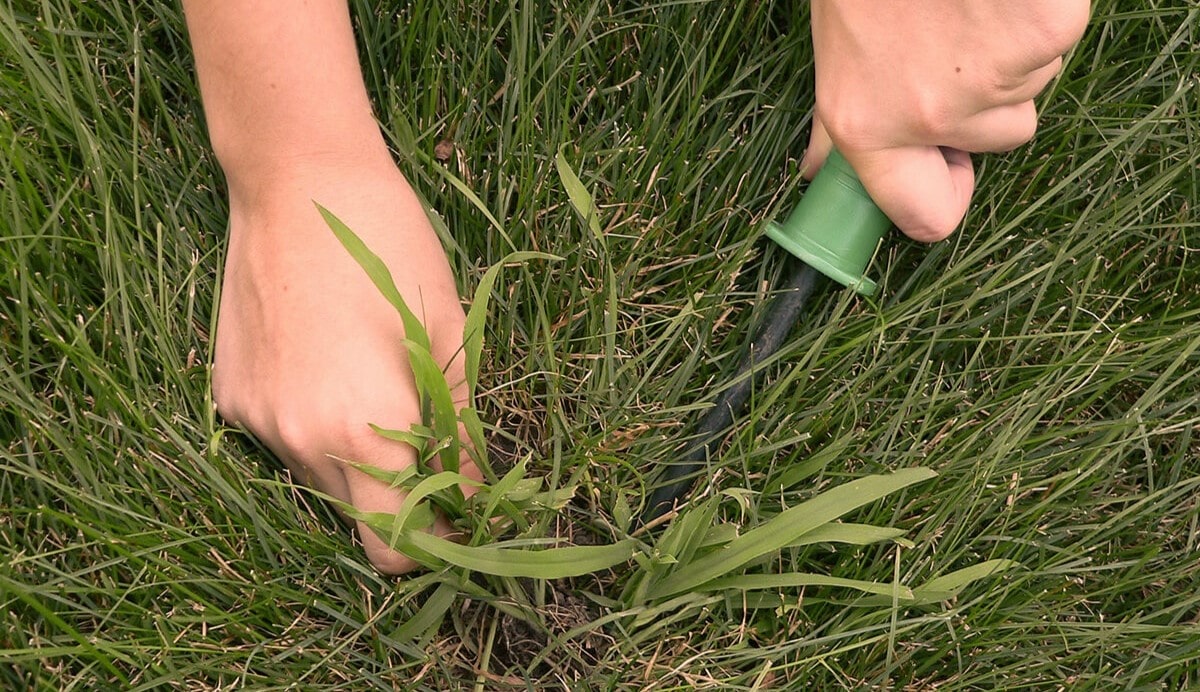
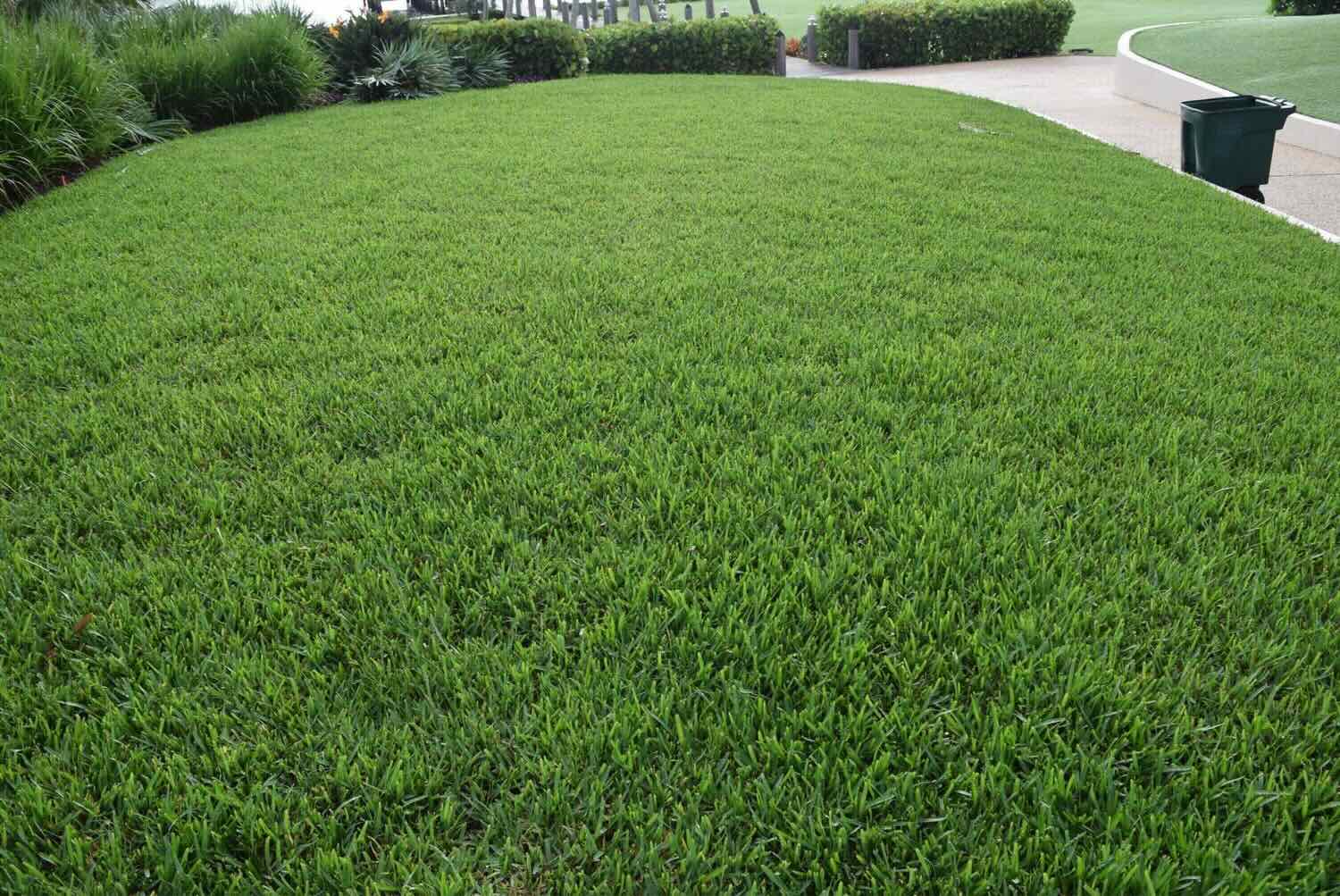
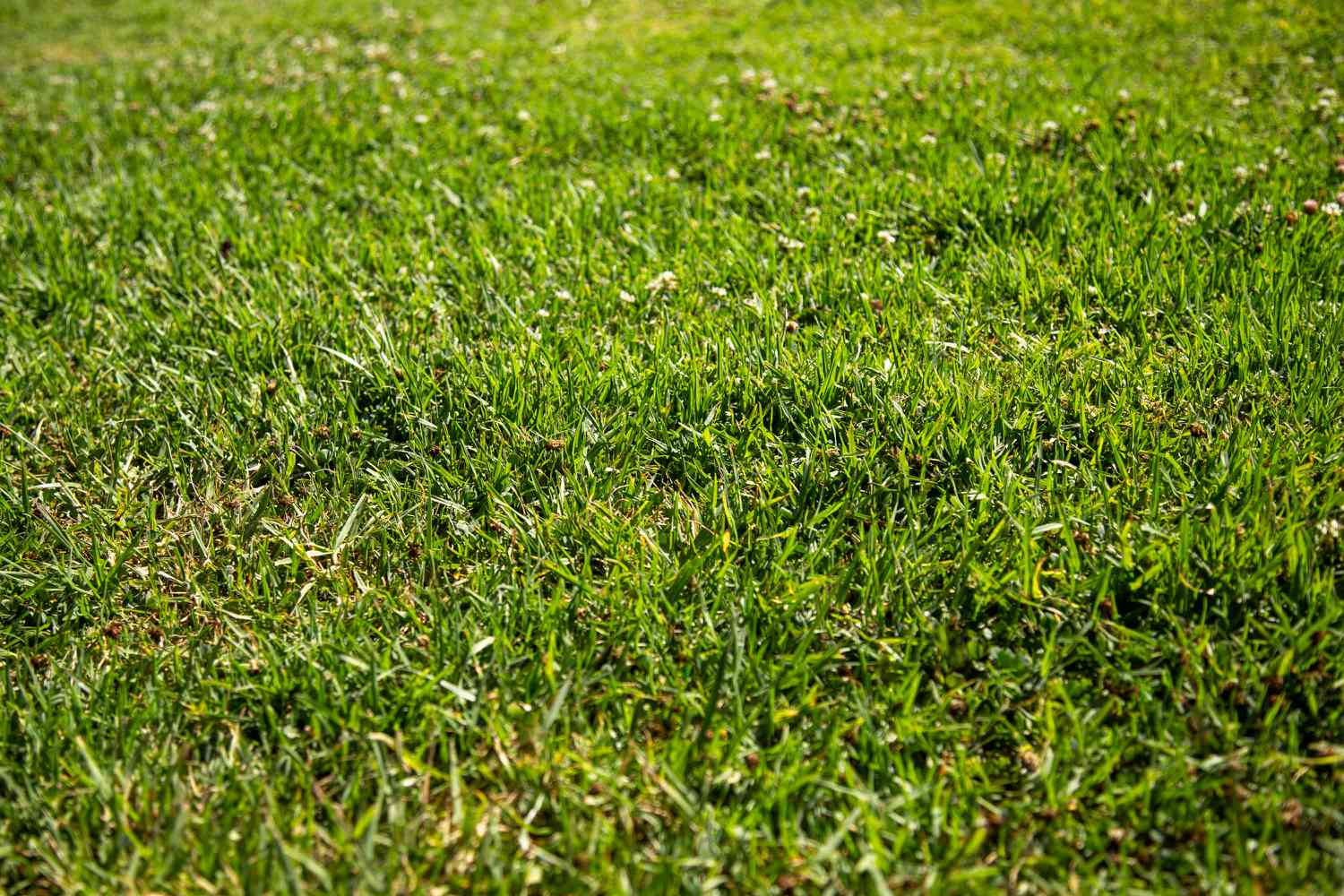
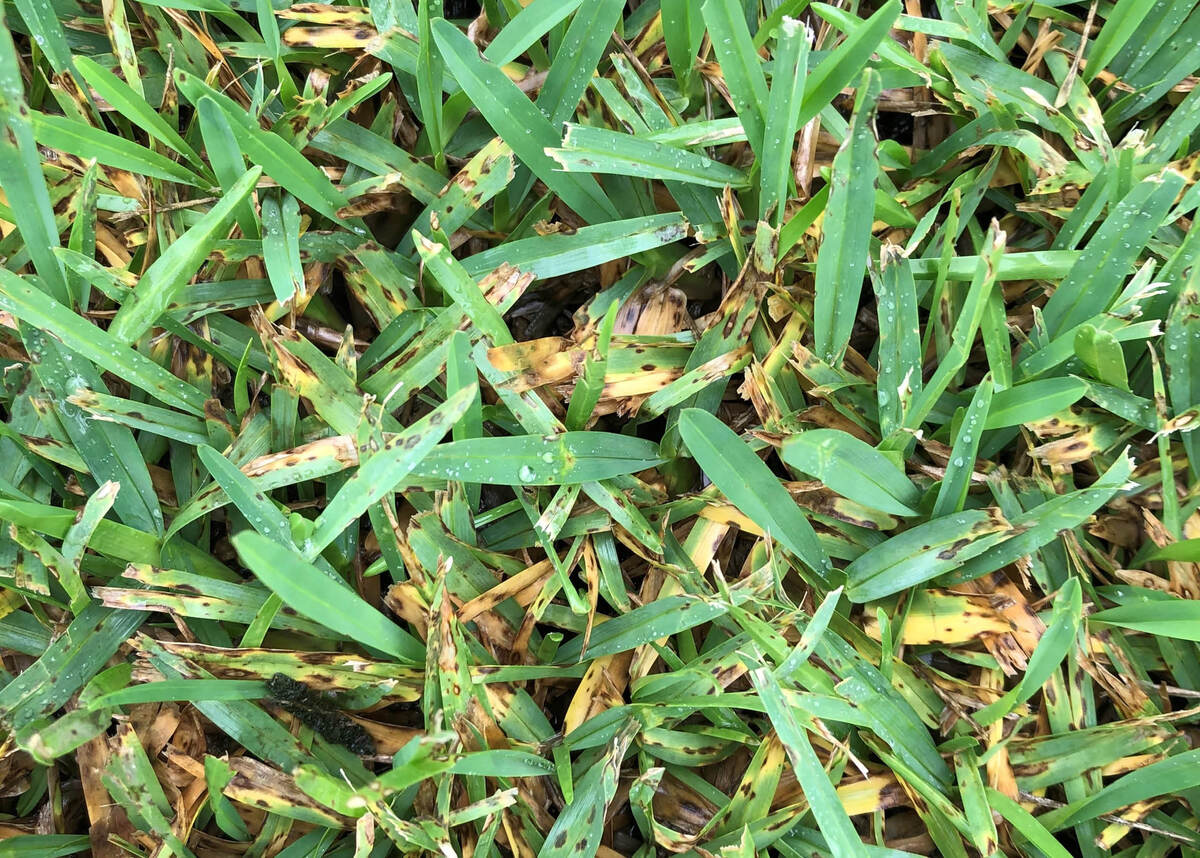
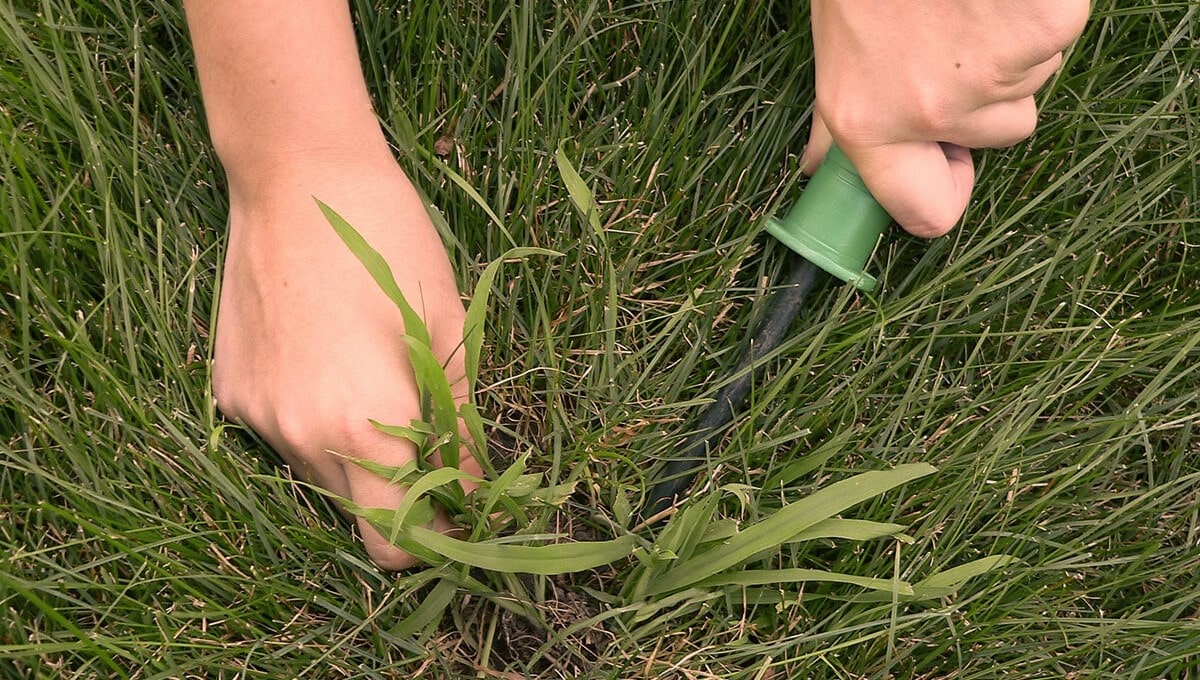
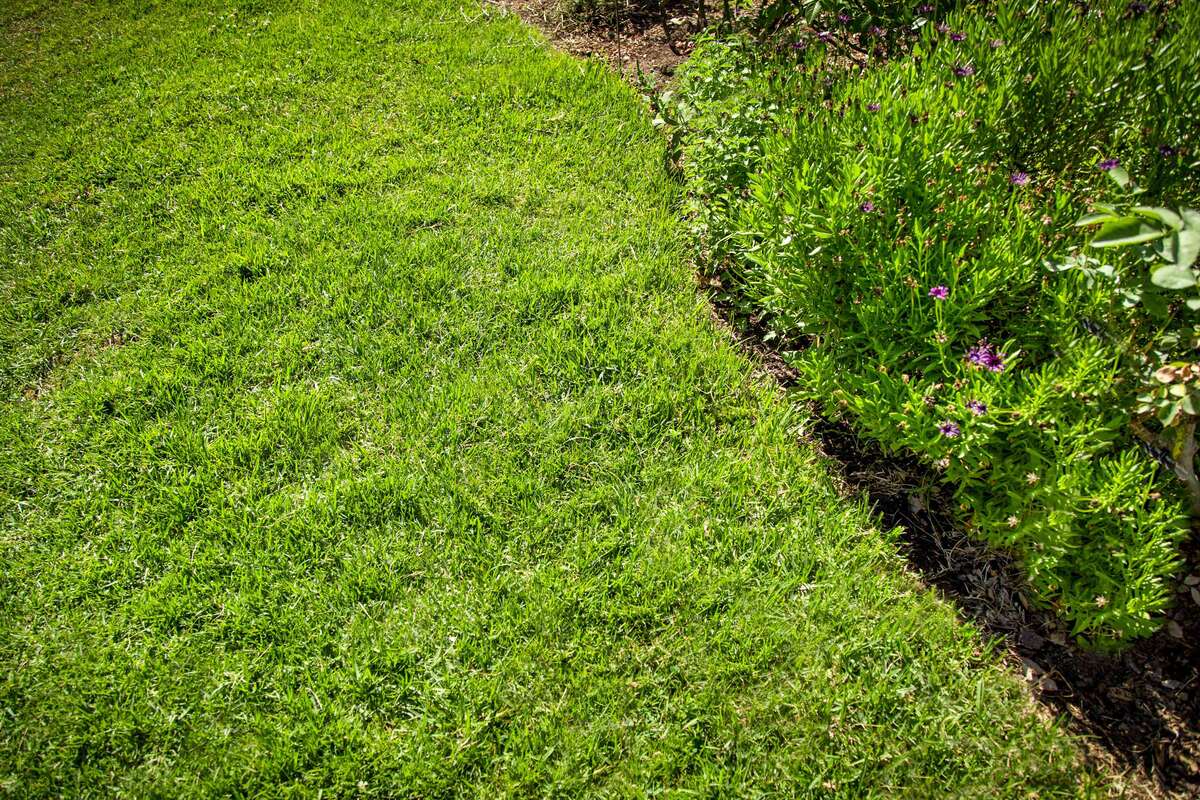
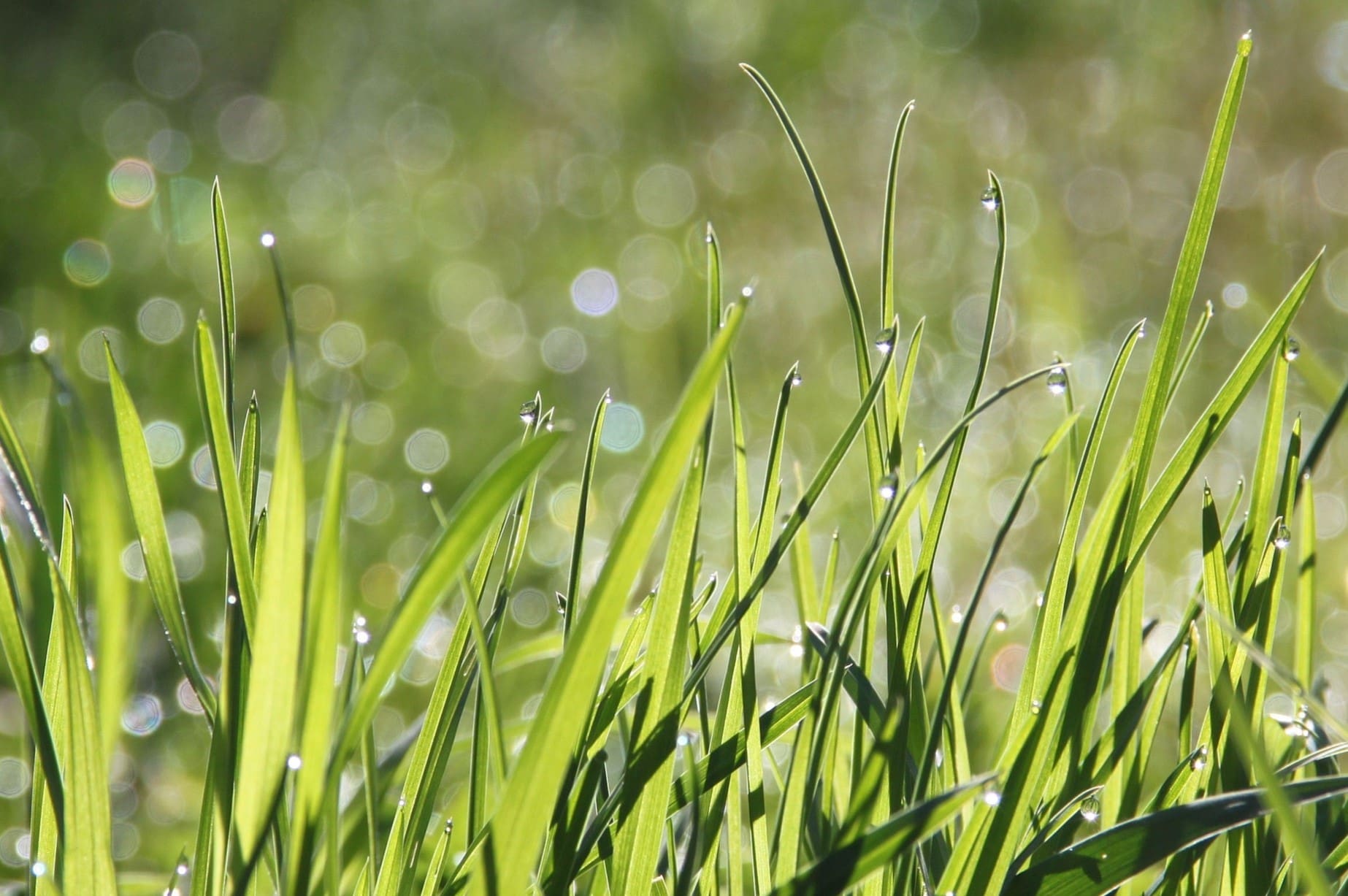
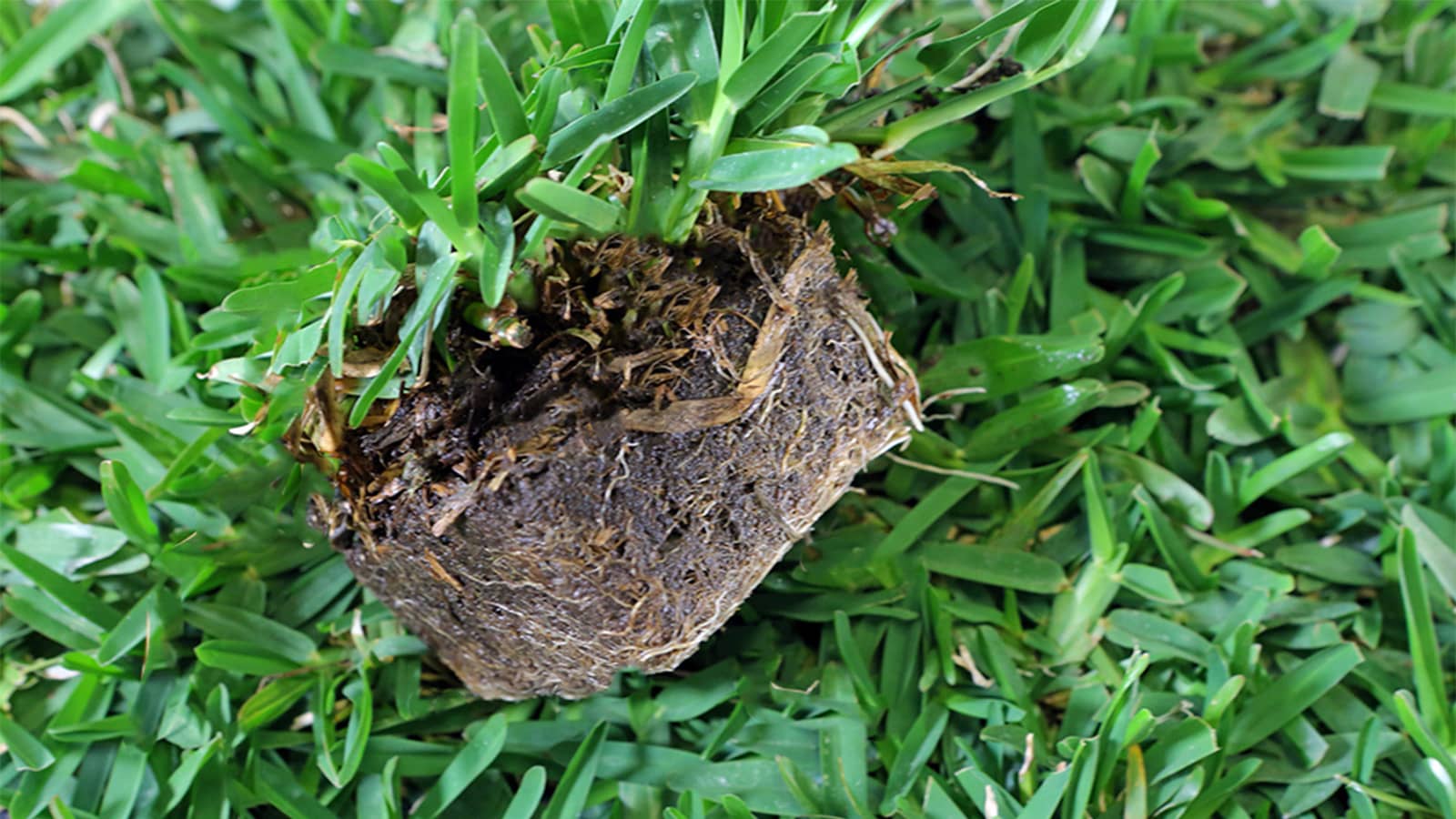
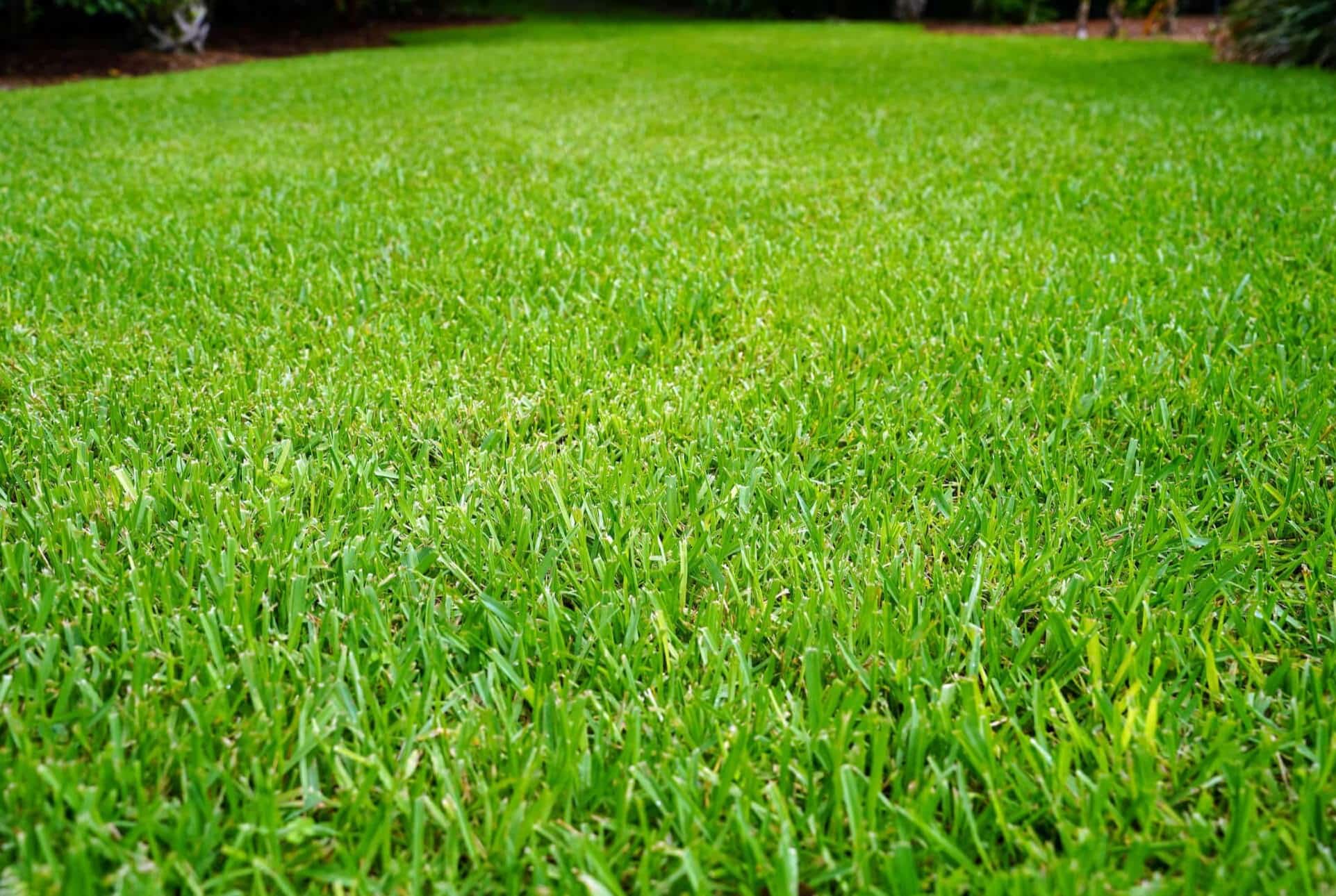
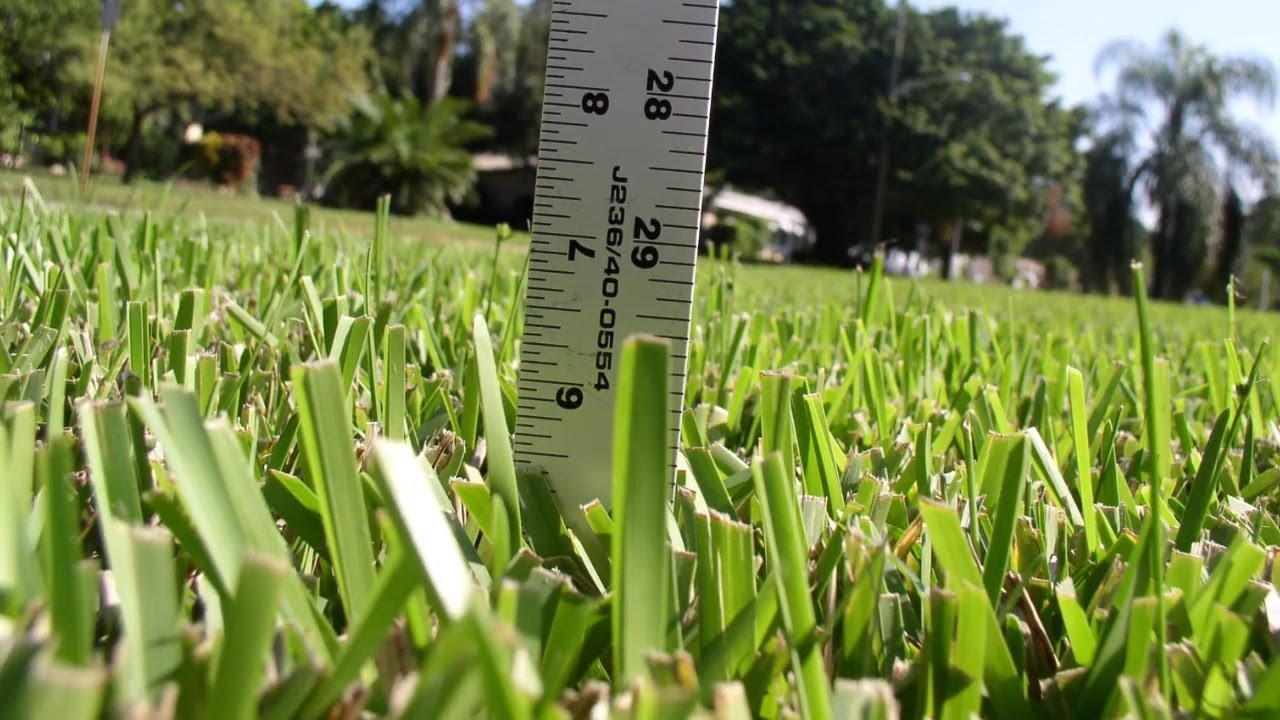

0 thoughts on “How To Plant St. Augustine Grass Seed”